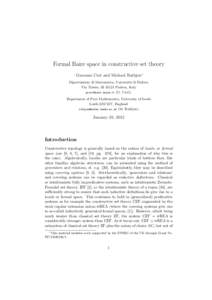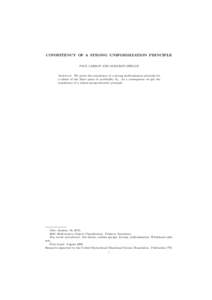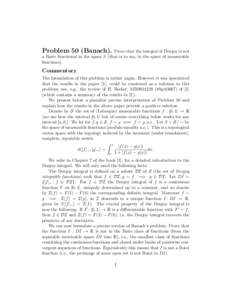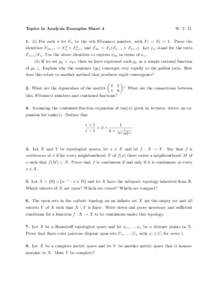<--- Back to Details
| First Page | Document Content | |
|---|---|---|
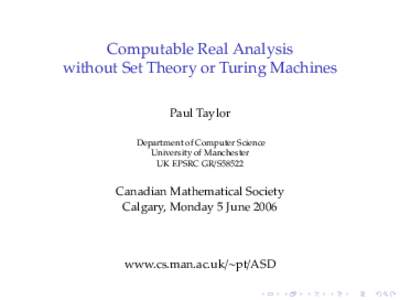 Date: 2009-02-12 12:32:50Theory of computation Mathematical logic General topology Functional analysis Computable number Computable function Continuous function Baire space Topological space Computability theory Mathematics Topology |
Add to Reading List |
 Computable Real Analysis without Set Theory or Turing Machines Paul Taylor Department of Computer Science University of Manchester UK EPSRC GR/S58522
Computable Real Analysis without Set Theory or Turing Machines Paul Taylor Department of Computer Science University of Manchester UK EPSRC GR/S58522